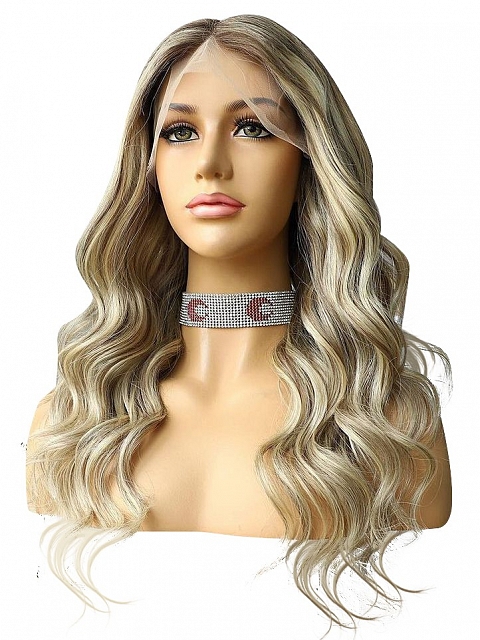Background Intro
Wigs are getting more and more popular nowadays. As they can bring people the most natural look and bring beauty to people, especially for those people who are suffering from hair loss.
Many women are used to wearing wigs anytime and anywhere, even in the shower. Wigs have long been a part of their bodies. So, how should I take a shower with my wig? Scroll down and we'll give you the details.
Can I bath in a human hair wig or lace wig?
There are many things you can do with your human hair wig or full lace wig. For example, swim or run with hd lace wigs on. A high quality human hair wig and lace wig will not shy away from getting wet or dirty. However, we recommend that it is better not to wear your lace front wigs in the shower.
There are several reasons for this:
- Hot water can scald the hair fiber and damage its cuticle, causing it to become frizzy and shapeless.
- The high flow of water in the shower tends to put pressure on the cheap lace wigs, pulling the hair strands and creating tangles.While washing lace wigs too often will cause more or less damage to wigs, even thus leading to hair tangling and shedding.
- Bath water may contain some chemicals that can damage the original color of the full lace wigs.

Nevertheless, when you need to travel for business or pleasure, you may not be available to wash your wig separately, so you have to wear a lace wig in the shower. Then you should try to minimize the risk of damage to your lace wig and avoid unnecessary harm. Remember to wash your wig more carefully than you would with your natural hair.
What are the best practices for bathing with a wig on?
• Pre-Shower
#1 Check if the wig has been fixed
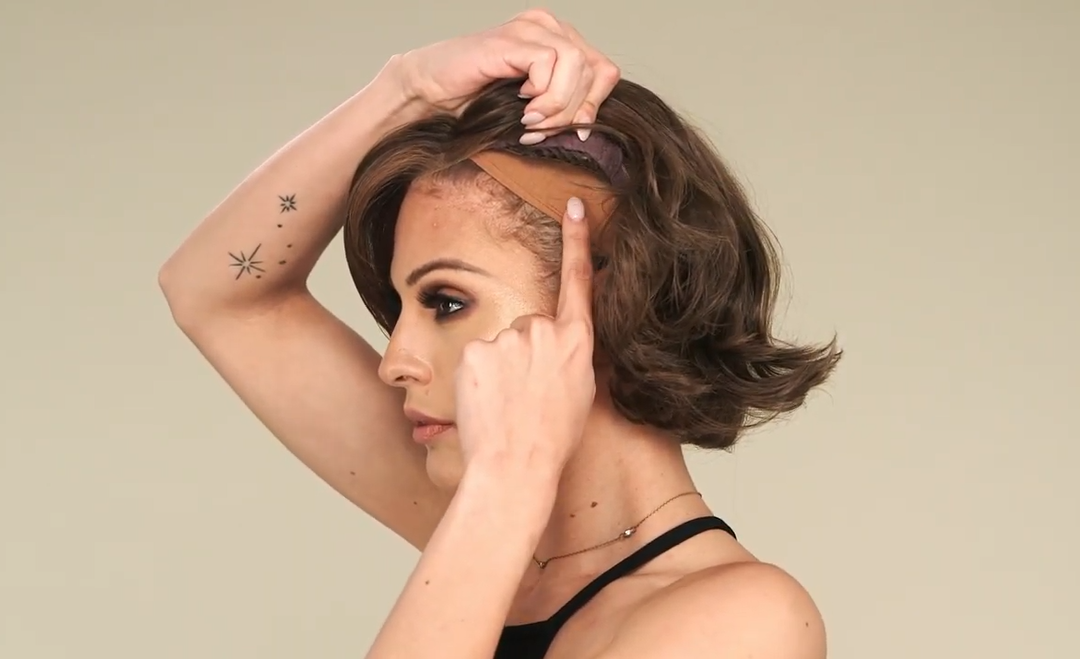
First, you need to carefully check that the wig is firmly adhered to your head. Make sure that clips, glue, tape or other things holding the wig in place have not come loose or fallen off.
Pay particular attention to the areas around the edges of the wig. If the wig does not stay in place on your head, or is easy to fall off, then you should fix it before taking a shower.
#2 Notice the length of your own hair

Pay attention to the length of your natural hair. Real hair covered by a wig will be more difficult to dry. If your real hair is short, its drying speed will not be affected. However, if the real hair is long, it may take twice as long as usual to dry completely. You can not ignore this point.
#3 Make your wig smooth
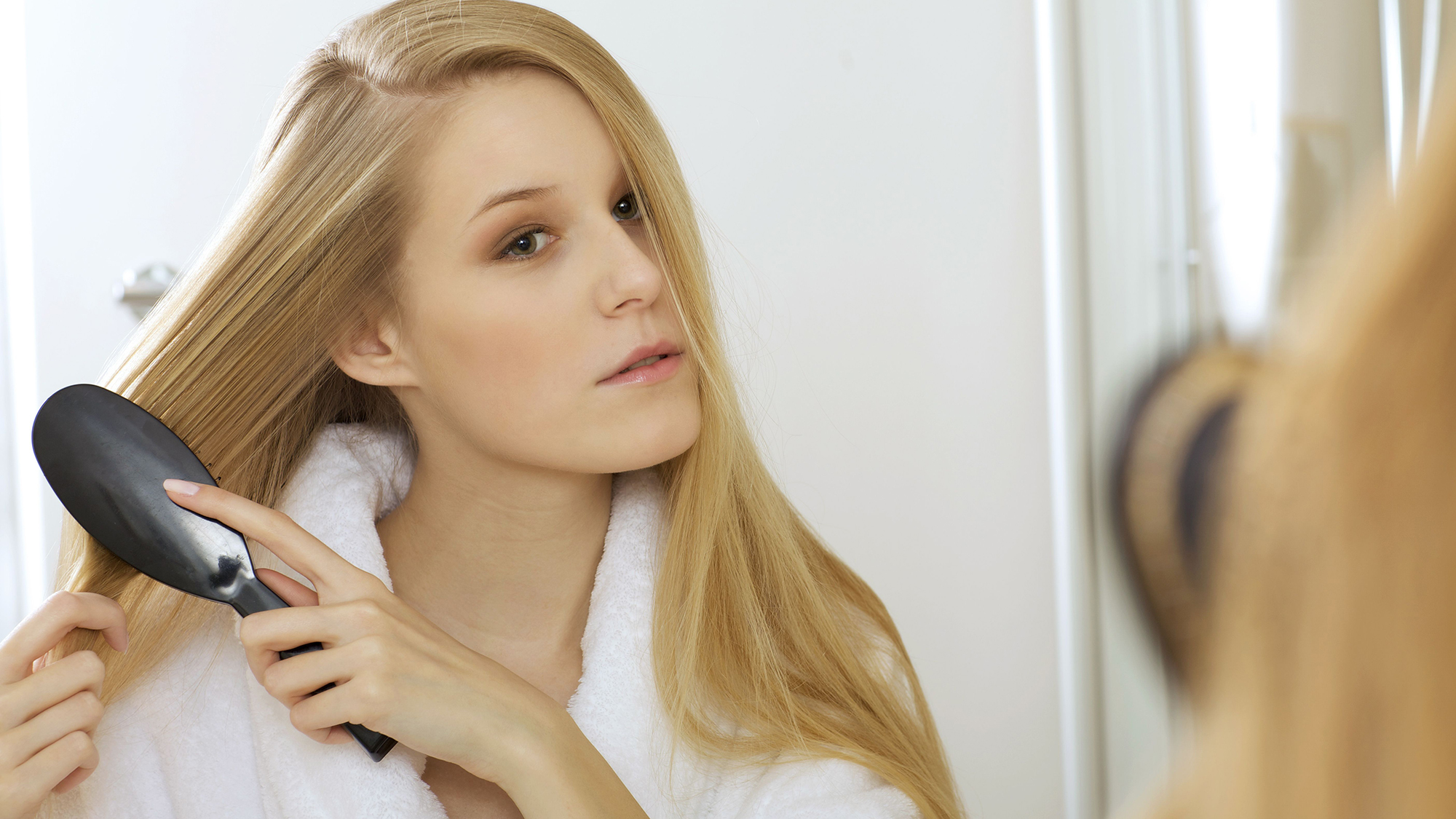
Do not rush into the shower immediately. Before taking a shower, check your hair for visible tangles. Remove these tangles with a wide-tooth comb. You should start combing down from the top of the wig, not tugging hard on the hair, but keeping it gentle.
#4 Regulate water temperature
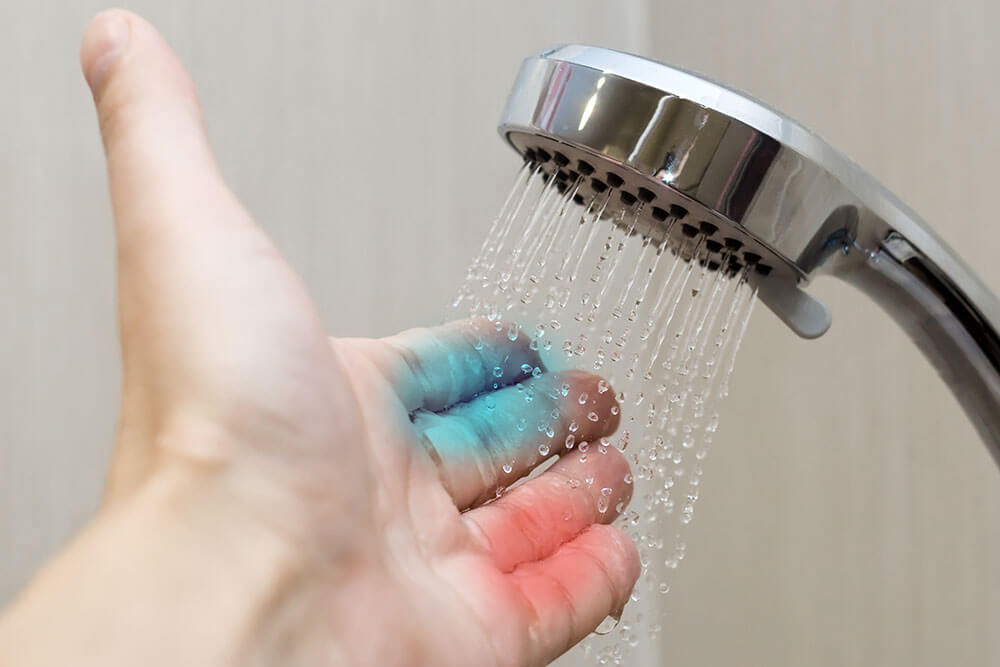
Adjust the water temperature of your shower unit. You probably like to shower in very hot water, and yes, many people do. The unfortunate news is that doing so is not friendly to your wig at all. Excessive water temperatures can make your wig strands dull and prone to breakage, causing frizz and shortening its life.
Of course, bathing in cold water does seem a bit harsh and difficult to do. Therefore, we recommend that you use lukewarm water. Between 90 and 110 degrees is considered lukewarm water. And this is also the most suitable temperature for your hair system.
• During Shower
#1 Control the flow and direction of water

When showering, turn your back to the shower and keep your distance so that your head is tilted back and the water runs down the back of your head to soak your hair. This will not ruin the look of the wig and will relieve the pressure on the wig connection. For every step in washing your wig, you'll want to work with the direction of the hair in order to minimize any hair loss.
If you are facing the shower and close to it, the braids or clumps in your wig can easily be loosened by the water and even lose their shape. Therefore, you need to reduce the water pressure. Turn the shower's water mode to "gentle" or turn down the water volume to avoid it gushing out.
Patiently rinse the hair under the shower so that it is completely wet, this will help prepare the hair for washing and make it easier to remove excess product from the wig.
#2 Gently massage to cleanse your wig
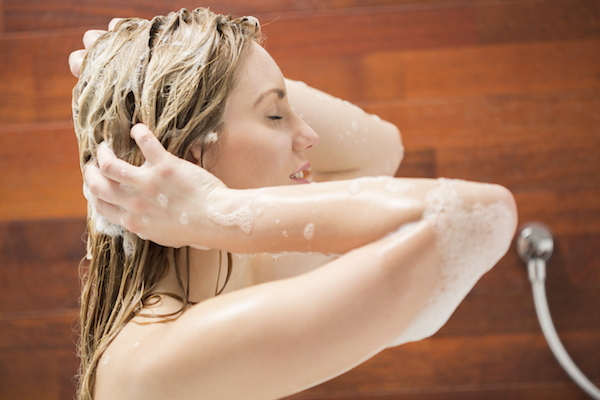
Make sure all hair fibers are wet, whether it's your natural hair or a wig. Take some wig shampoo and apply it evenly to your hair with your hands, gently massaging your hair until a rich lather appears.
It is forbidden to rub your wig back and forth with your hands, and do not swirl or scrub with soap. This will tangle your hair and strip your wig from your scalp. You should use a shampoo specifically designed for wigs, such as a pentasulfate shampoo, which is very mild and will not irritate your hair or scalp.
Avoid curling your hair up and concentrating it on the top of your head to wash it. Many women may have this habit of washing their hair, that is, to ball it up and rub it together. In fact, this will weaken the connection between your wig and scalp and you should drop this habit. As a substitute, you should gently massage it into your hair with your fingers from top to bottom.
#3 Rinse your wig to complete cleansing
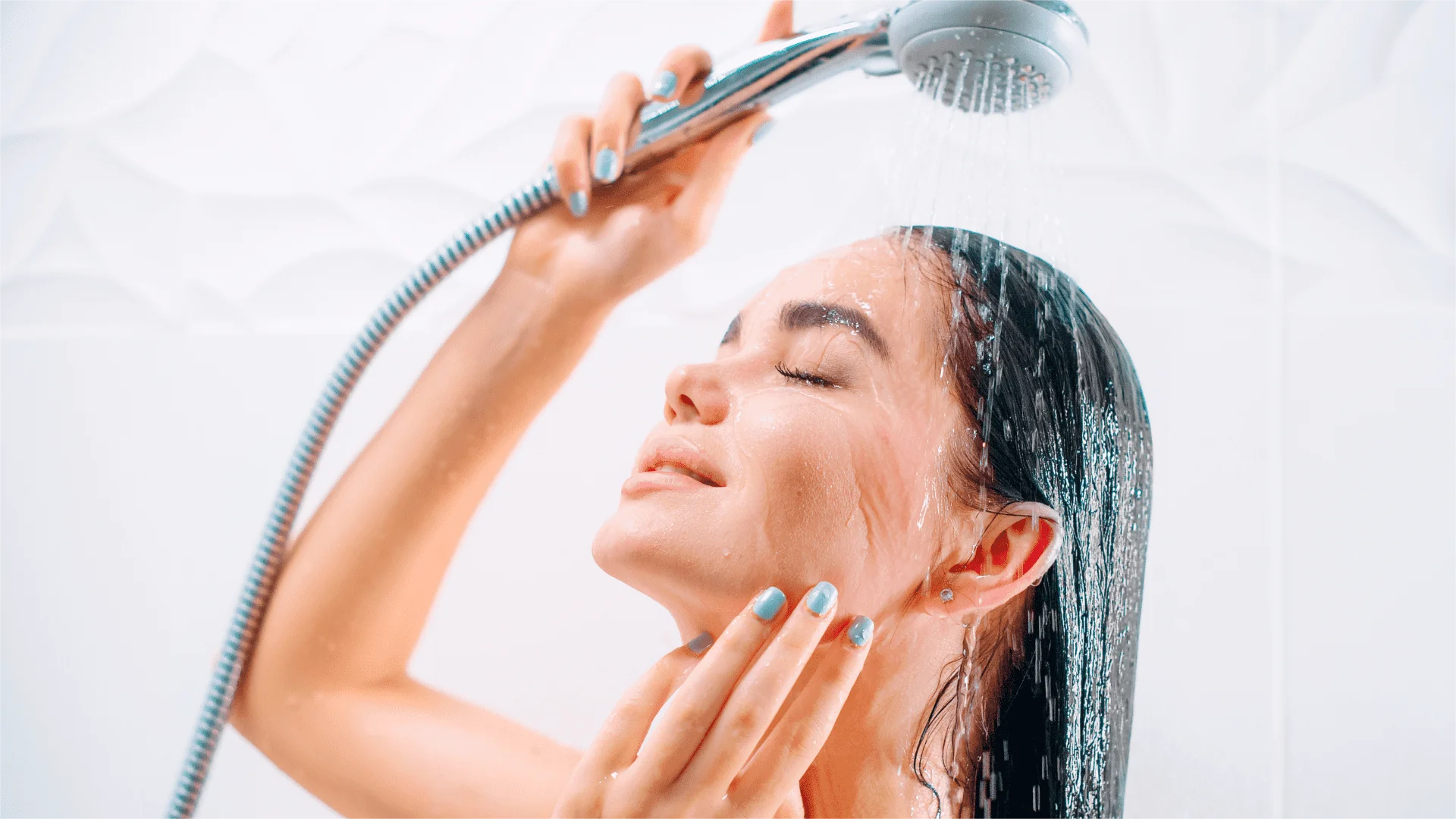
Remove any residual foam and make sure there is no shampoo on your head. Keep your head tilted back to rinse the foam away. Although it is pleasant to wear a freshly washed wig, frequent washing will reduce their lifespan. Generally, there is not as much dirt built up in wigs as there is in our natural hair and scalp, so you don't have to wash as often.
#4 Take care of your wig with conditioner
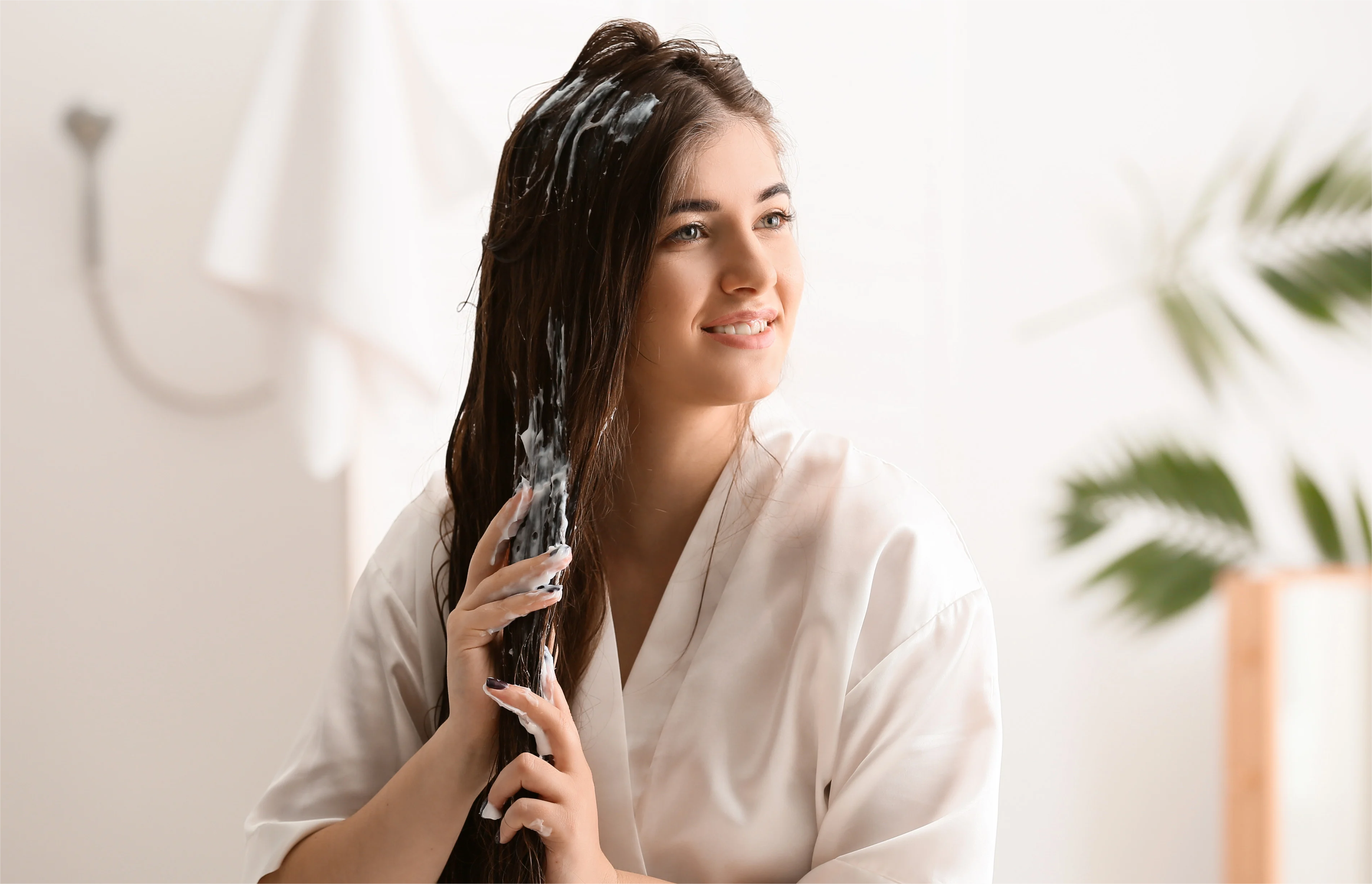
Condition your wig with conditioner. Conditioner can make hair smooth and lock in moisture and vitality. Again, use your fingers to apply conditioner evenly to your hair so that it touches every strand of hair. The regular conditioner and the leave in conditioner is a good choice. But only if you need to be sure it won't damage your wig.
Check the ingredient list of the hair care product and choose the one that does not contain sulfates. You can also decide based on the amount of free time available. Regular conditioners need to be left on your wig for 5-10 minutes before rinsing out for best results, while leave-in conditioners don't take time to wash.
• Post-Shower
#1 Pat the wig with a clean towel and air dry

Washing your wig with the right method and tools is important, but how you treat your wig while it's drying is just as important. Gently squeeze your wig in the direction of the water flow and press your wig with a towel to draw away excess water. Remember, do not rub your wig at any time. You should wrap your hair and press gradually from top to bottom.
In addition, if you are looking for perfect protection, consider investing in a microfiber towel, which has a very soft and smooth texture and therefore does not pull on the hair strands.
After patting the wig dry, let it air dry on a wig stand instead of using a blow dryer. The heat will reduce the adhesion of the wig. We do not recommend heat styling. After the wig has dried, you can use a dryer (in an ultra-low temperature state) and plastic rollers to complete different styles.
#2 Comb the hair when the wig is completely dry
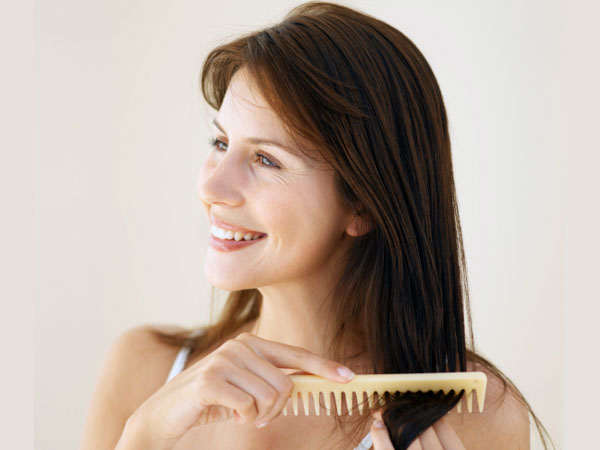
When your wig is completely dry, check it for looseness and re-glue the lifted sections. Make sure the wig is secured to your head and then carefully smooth your hair with a wig brush or wide tooth comb designed for wigs.
Be careful not to comb your hair while it still has water in it. This can cause additional damage to the fiber. Layering your hair makes it easier for you to smooth out your wig. Combing your hair daily will reduce frizziness. With a heat-friendly synthetic wig, using a boar bristle brush and a blow drying will smooth out frizz. Remember to start brushing from the ends of your hair and work your way down to the roots. Do not brush from front to back as this will weaken the adhesion of the adhesive and cause the wig cap to fall out.
#3 Avoid letting the wig lose its moisture

Subsequently, you can add some protective sealant. They work similarly to the oils your scalp produces and help lock in water and nutrients, keeping your wig hydrated and avoiding too much dryness.
Can I apply any hair products?
You must use hair products with caution. Some products that contain polymers, alcohol, lanolin or sulfates are a definite no-no, as these ingredients can damage the hair system. Natural human hair wigs and synthetic wigs are made from different ingredients and have different needs for products. Therefore, when selecting products, be sure to check the ingredient list carefully to determine if it is suitable for your wig.
When you buy shampoo and conditioner, you should look at the product description to see if it says "for human hair wig or synthetic wig". Targeted products not only protect the wig from damage, but also help moisturize the hair and strengthen the color. A clarifying shampoo and a leave-in conditioner work well for all human hair wigs. In addition, you can also try formulating hair care products that are tailored to your needs.
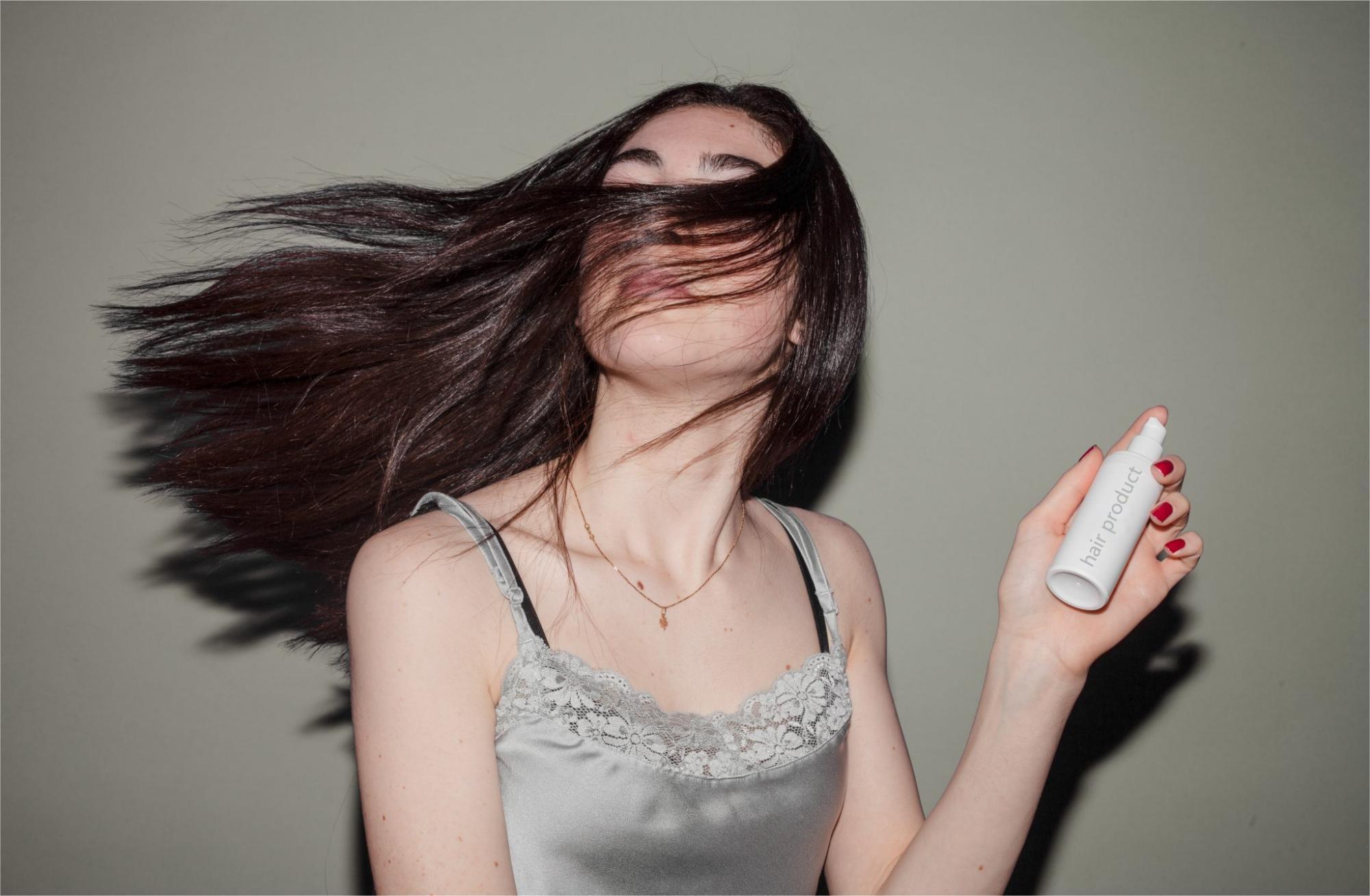
Styling products should also meet the "suitability" requirement. For 100% human hair wigs, look for alcohol-free products specifically designed for this type of wig to reduce dryness. For synthetic wigs, you need to be extra careful as they are more prone to deterioration. You'll need to wet your synthetic wig with a spray bottle filled with water and then use a fine bristle brush to style. The styling of synthetic hair lasts longer compared to human hair.
Related: Hair Damage: What Causes It And How To Deal With It
How Can I Make My Synthetic Wigs Look More Realistic?
Final Thoughts
Like this article? Click on the bottom right to follow us for more information!
If you have any questions, please don't hesitate to contact us. We are more than happy to answer any questions you may have. You can also check out our FAQ and other blogs, where you can access our beginner's guide and wig tutorials, which are full of practical tips and valuable lessons.
Images credit: Google, Pinterest, YouTube.
